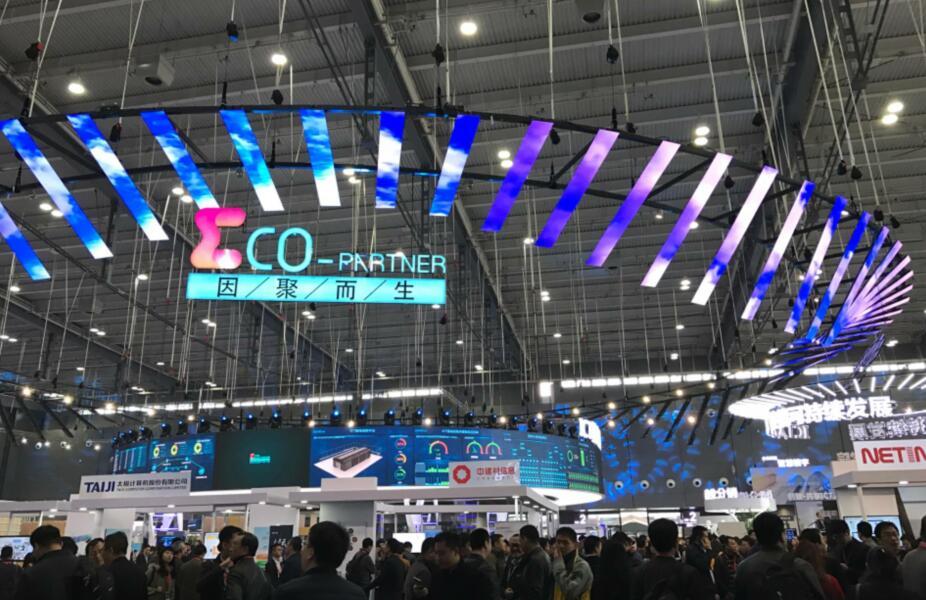ã€World Wide Web Reporter Zhang Zhiying Tao Wendong】 In the next decade, the industry will usher in the industry's Cloud 2.0 era. In the next five years, more and more enterprise applications will migrate to the cloud. The cloud market is vast and needs someone to actively explore.
Huawei's Eco-Partners Conference was held in Changsha on the 9th of the year. Huawei vice chairman and rotating CEO Xu Zhijun gave a keynote speech entitled “Hold public clouds and build cloud ecosystemâ€. He said that starting in 2017, Huawei will use its public cloud services as a basis to invest heavily in building an open public cloud platform. To this end, Huawei has set up Cloud BU, which is responsible for the public cloud, and has invested 2,000 more this year. It expects to focus on key industries and work together to build a cloud ecosystem and make bigger cakes together.

First of all, Huawei helps customers build high-speed interconnect infrastructure, including five regional centers, 30+ city nodes, and high-speed Internet access to provide professional, secure, and reliable public cloud services. On the other hand, Huawei has opened up more than 20 years of accumulated capabilities, including 54 categories of public cloud services in 10 categories, a nationwide cloud service resource network, complete qualifications and security certifications, and Huawei's unique ability to open up. In addition, Huawei will also open its software development capabilities, voice and video communications capabilities to partners.
Regarding the development plans of future partners, Xu Zhijun said that Huawei will need three kinds of cloud partners in 2017: First, to develop and apply partners; second, to migrate applications to partners in the cloud; third, to sell cloud partners. To this end, Huawei will develop 10-20 fellowship partners in 2017 to jointly face future development.
In order to better serve its partners, in 2016 Huawei hired a third party to investigate the satisfaction of its partners. The results show that there are still some unsatisfactory problems in the channels. For example, there are many issues such as responsibility for the general generation, less interest, and less power; there are new and old contradictions and cross-regional conflicts for the generation and gold and silver plates; for the ISV, there are no differences between the business and technical management; for the distribution, there are difficulties in profitability , unfair market order and other issues. Xu Zhijun believes that the fundamental reason is that the total generation profit model does not match its responsibilities, lack of channel planning capabilities, and lack of management mechanisms for ISVs, and Huawei has little experience with distribution services. He said: "The ecology in China has already taken shape, but the core demands of some channels have not been fully met."
To this end, in 2017, Huawei will carry out rectification in several aspects: in the general generation, it will optimize responsibilities and match profit with responsibilities; strengthen mid- and long-term planning, ensure the interests of new partners, quality, and quantity; and build corresponding support for ISVs. The organization, processes, and mechanisms of the service ensure the relationship between sustainable health; in the distribution field, it further optimizes profitability and rectifies the market order.
From 2011, Huawei fully expanded its government-enterprise market and established the company BG. Until now, partners have achieved rapid development. Xu Zhijun said that in 2016 there were more than 6,000 partners in China, but many did not mean that quality was the key. In 2016, there were 34 partners with sales in excess of 100 million yuan in China.
Light Stand,Led Light Stand,Tripod Light Stand,Light Stand For Photography
SHAOXING SHANGYU FEIXIANG PHOTOGRAPHIC CO.,LTD , https://www.flying-photography.com
